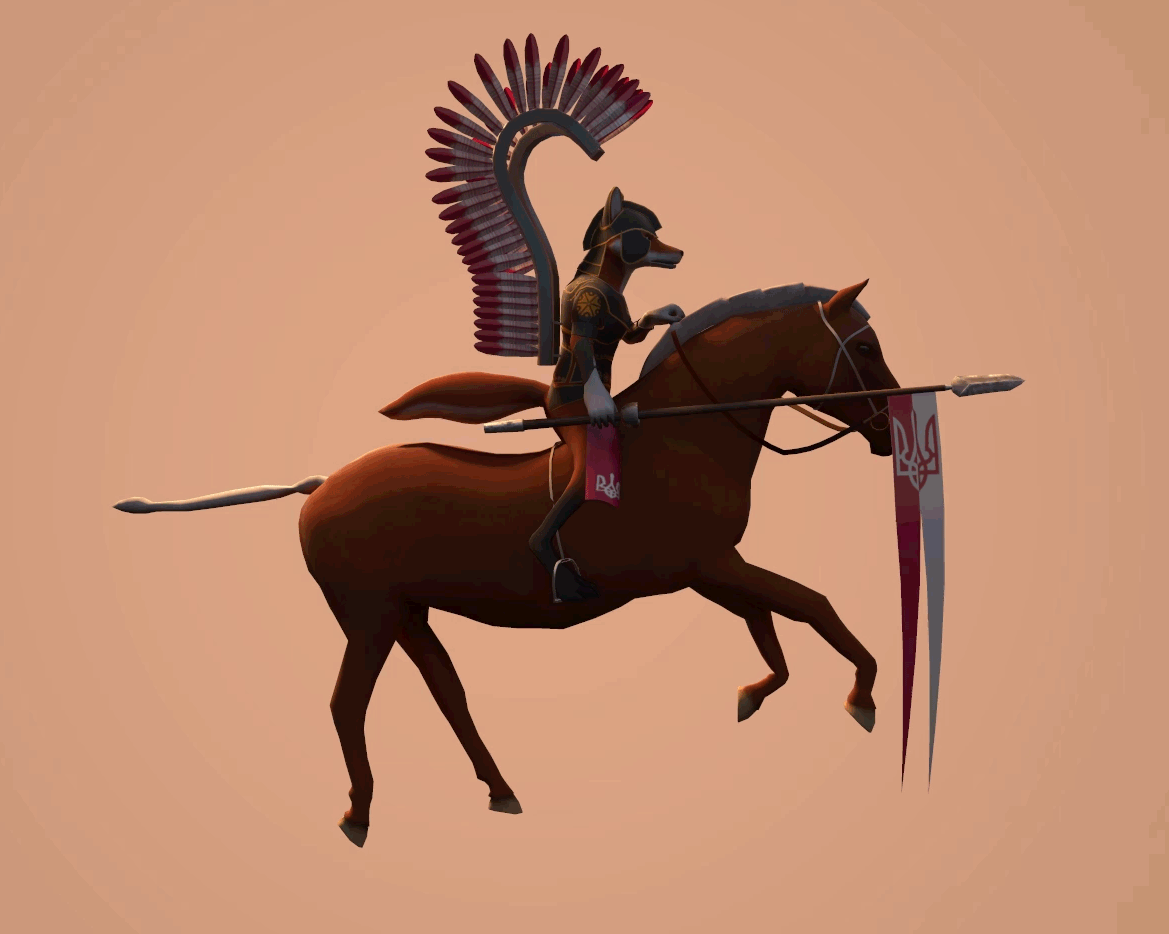
Total Command is a pen-and-paper strategy game that I created independently. It was originally made in the Unity engine for my final year project (pictured right), but after completing Big Bad Friend, I decided to make it again in pen-and-paper form to get a new perspective on it.


The game changed to take place on a hexagonal grid. Both players select a “commander” unit and place it on the game board. The objective is simply to kill the enemy commander. Players then place cards from their hand onto the game board; making this a hybrid of a conventional TCG and a strategy game.

The experience I wanted players to get out of this game was something similar to chess; where every move the player does counts in a real significant way. I achieved this with a “morale” system. Morale is a singular resource in my game that is gained at the start of each turn and by defeating enemy units. This resource is then spent on absolutely everything; from bringing new units onto the field to moving and attacking units. This creates a real strategic dilemma for players in deciding how they’re going to spend their morale on that turn.
The Morale system really helped to make each move much less obvious, as there would always be multiple viable ways to spend your morale to gain strategic advantage.
There is something of an RPG element in this game in the from the Commanders. Commanders are historical figures like Jadwiga of Poland or Widukind of Saxony, and every Commander has a special ability. These abilities usually affect their entire army, so which Commander you choose will drastically change the effectiveness of certain strategies and playstyles. These abilities are also reflective of the things those leaders were famous for, giving them a real sense of personality purely through the game’s mechanics. On top of that every card and unit is based on a real historical or mythological figure or event, furthering the historical value of the game.



In terms of the map design here, I made two different maps for playtesting purposes; one wide and open, and the other more narrow and snaky. What I’ve found was that the snaky map was much more tense to play in, while the open map was more chaotic, which was exactly what I wanted. What I found was that the tight-corridors were much more effective, as it was far too difficult to create good unit formations when the map was so open. I tried on both maps to give each player a strong defensive position so even when pushed back to their final line of defence, they still have a chance to make a recovery with the right amount of luck and skill.


Playtesting revealed that this version of the game was much more engaging than the old Unity engine version. Once players had a feel for the rules, they would take a good while thinking about each move; assessing the various ways they could position their units and spend their morale. The main flaw is that the game really appeals to a certain type of person, but that is typical of a strategy game.
There's a few areas that need refinement, such as the game's relatively slow pace and some unbalances between units, but this is something that will be ironed out with more playtesting. The base mechanics are solid, and I feel that with time it'll be something really fun and interesting.

This project is still somewhat ongoing, and ultimately I would like to remake the Unity version. One annoying thing about the pen-and-paper version is the tiny pieces you have to fiddle around with, as well as how easy it is to lose pieces. Going forward, I’ll be making a basic “Tabletop Simulator” mod for the game, and then ultimately I’d like to complete a Unity version complete with a deck-builder and competitive AI. But this is much further down the line.









